QuestionOne of my does kindled 15 days ago. I got an exciting mix of colors! Here are the parents/grandparents colors:
Doe: Black New Zealand
Buck: Black New Zealand
They are full siblings...
Grand Dam: REW New Zealand
Drand Sire: Chocolate Giant Lop
Litter of 7 kits:
3 Black
2 REW
1 Fawn (Very light tan)
The REW's look "dirty", they are white with red eyes, but each hair is tipped with black, giving it a dusty, dirty, kind of "frosted" look. The fawn is very light tan on top and kind of a dusty gray on bottom.
Can you tell me anything about what the genetic make up is for this litter. Also, if I breed the does back to the sire and the bucks back to the mother, will I get even more of a color range? I raise these rabbits for pets only and for personal meat rabbits, I do not show or sell them for anything but pets or meat, but they are very beautiful.
AnswerIt sounds like you have some of what are called "Himalayan", "Californian", or "Pointed White". All three are the same colour, just different names. If the babies get chilled a little during the first few days, the tips of the hairs will grow in frosted. Normally only the ears, nose, feet/legs, and tail will have colour on them, but the gene is a temperature sensetive one. Pigment is deposited on the hair only if the area is colder than the core body temperature.
The fawn sounds like a tortoiseshell, AKA "tort".
Because of this, it means that both parents carry the non-extension (e) gene. Both parents have to carry it in order to produce torts.
One parent has to carry the pointed white gene, and the other has to carry either REW or pointed white as well to get pointed white babies.
Since one parent of the pair is chocolate, they also have to carry the chocolate gene.
So the genotype would be aa Bb Ccch D_ ee for one and either the same for the other or aa Bb Cc D_ ee
Since I don't know how well you know genetics, I will break the genes down a bit to help you understand:
a: This is the self gene. It means that the rabbit is not agouti or tan pattern. Instead it will either be one solid colour or else one colour with areas of a darker shade. Black, blue, chocolate, lilac, sable, smoke pearl, sable point, and all types of torts are all self gene colours. Since it is the most recessive, or "weak", gene in the A locus (the group of genes), both genes have to be "a" in order to show up. Since the parents are black, we know they are "aa" for the first set of genes.
B: This is the black gene. It means that the pigment is fully allowed to be expressed.
b: This is the "brown" gene. It means that the normally black pigment is watered down to brown. It causes such colours as chocolate and lilac.
C: This is the full colour gene. It means there is no change to the pigment.
cch: This is the pointed white gene. It removes all of the reddish or yellowish pigment from the coat (like you see in the tort baby; it is also in blacks, but the self gene makes both pigment types mix together evenly so you don't see the red-yellow pigment very well at all). It also greatly reduces the black pigment. It makes it so that black pigment can only show up on areas that are colder than the core body temperature. Normally, this is the nose, ears, feet, legs, and tail.
c: This is the REW gene. It removes ALL pigment from the rabbit.
D: This is the dense gene. It means there is no change to pigment.
E: This if the full-extension gene. It means it is a normal rabbit with no change.
e: This is the non-extension gene. It greatly restricts the black pigment so that there is far more red-yellow pigment. In the case of torts, it sends what little black pigment is left to the "points" on the face, ears, belly, legs, tail, and a little bit up the sides, leaving only red-yellow pigment on the back.
I would highly advise against inbreeding any more. The parents are already full siblings. It is not advisable to do a full sibling cross without knowing the background and the line VERY well to prevent genetic diseases and abnormalities. Inbreeding more could bring out problems even more. It can also bring out things like hidden bad temperament traits.
Also, it is impossible to be sure what genes the babies inherited. For example, the black babies could be hiding as many colours as the parents or they could have genes to ONLY produce blacks. So if you bred them back to the parents, you might only get blacks.
The parents can produce the following colours already:
Black
Chocolate
Pointed White
Tort
Chocolate Tort
Chocolate Pointed White
It is also highly possible that you could get regular REWs (fully white with pink eyes).

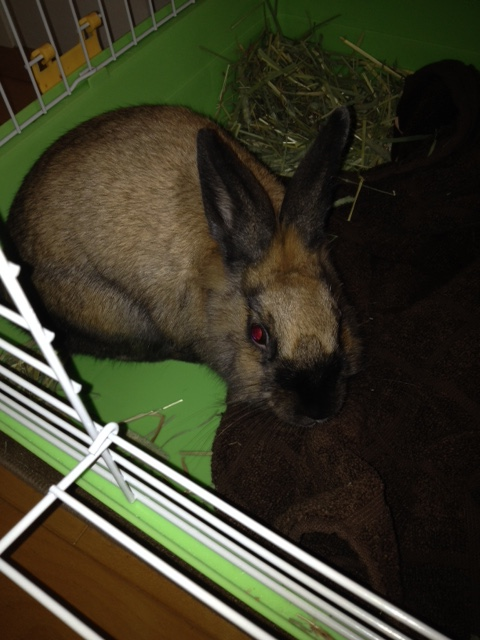 Advice on Rabbit Behavior Needed
Question
Mocha
I recently took in a 6-mo old fe
Advice on Rabbit Behavior Needed
Question
Mocha
I recently took in a 6-mo old fe
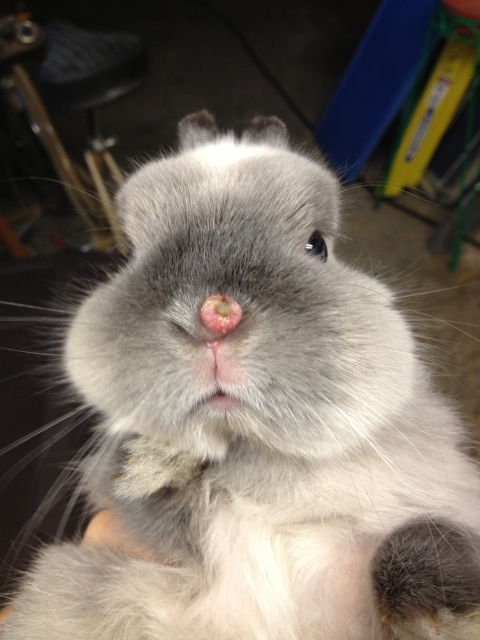 Bump on my rabbits nose
Question
bump on nose bump on nose 2
Breed
Bump on my rabbits nose
Question
bump on nose bump on nose 2
Breed
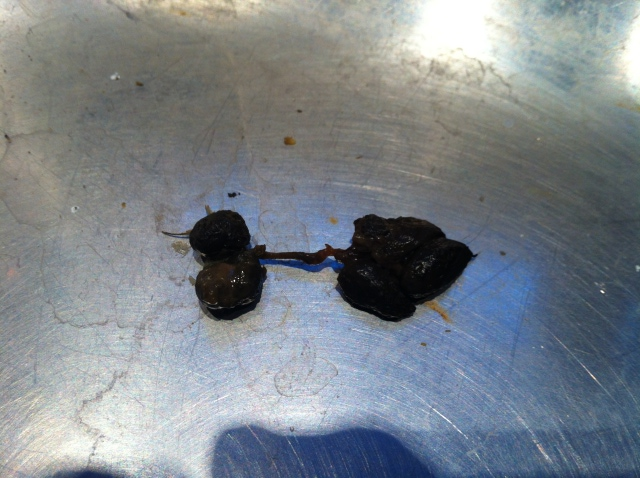 Mucus in droppings
Question
Dropping with mucus Single with mucus st
Mucus in droppings
Question
Dropping with mucus Single with mucus st
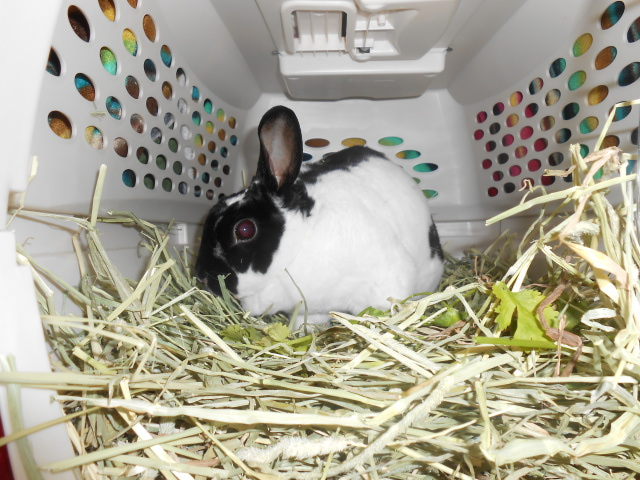 What to do for a bun with sour stomach?
QuestionQUESTION: Dear Dana,
Thank you for reading.
M
What to do for a bun with sour stomach?
QuestionQUESTION: Dear Dana,
Thank you for reading.
M
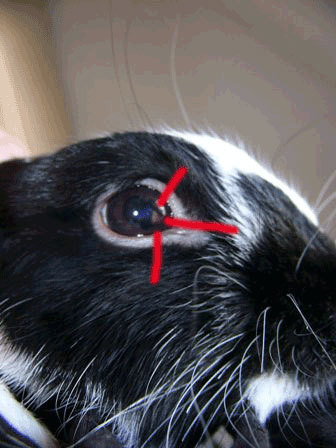 Strange spot in eye + pupil is uneven
QuestionStrange pupil + spot
QUESTION: Hello Dan
Strange spot in eye + pupil is uneven
QuestionStrange pupil + spot
QUESTION: Hello Dan